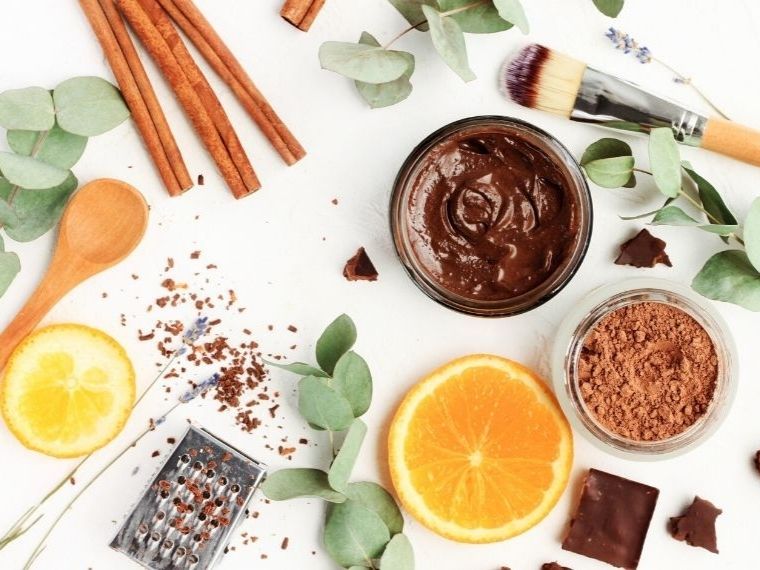In today’s fast-paced world, people are becoming increasingly conscious of what they put on their skin and hair. The shift towards natural and organic beauty products is a testament to this growing awareness. With an array of options available, it can be overwhelming to navigate the world of natural and organic beauty. In this article, we will guide you through the benefits of using natural and organic beauty products and provide practical tips on how to incorporate them into your daily routine.
Table of Contents
- Understanding Natural and Organic Beauty Products
- The Benefits of Natural and Organic Beauty Products
- Identifying Authentic Products
- Building a Natural Skincare Routine
- Incorporating Organic Haircare Products
- DIY Beauty Recipes with Natural Ingredients
- Shopping for Sustainable Beauty
- Transitioning to a Natural Makeup Routine
- The Importance of Reading Labels
- Balancing Cost and Quality
- Eco-Friendly Packaging
- Natural Fragrances and Perfumes
- Sensitive Skin and Allergies
- Certifications and Standards
- Conclusion: Embracing Natural Beauty
Understanding Natural and Organic Beauty Products
Before delving into the benefits and tips, it’s essential to understand what natural and organic beauty products entail. Natural products are derived from plants, minerals, or other naturally occurring substances, with minimal processing. Organic products, on the other hand, are produced without synthetic chemicals, pesticides, or genetically modified organisms (GMOs).

The Benefits of Natural and Organic Beauty Products
- Gentle on Skin: Natural ingredients are less likely to cause irritation or allergic reactions, making them suitable for sensitive skin.
- Environmentally Friendly: Organic products promote sustainable farming practices and eco-friendly packaging.
- Nutrient-Rich: Natural ingredients are packed with vitamins, antioxidants, and essential nutrients that nourish the skin and hair.
- Cruelty-Free: Many natural and organic brands are committed to cruelty-free testing, ensuring no harm to animals.
Identifying Authentic Products
To ensure you’re getting genuine natural and organic products, look for certifications like USDA Organic, COSMOS Organic, or EcoCert. These labels guarantee that the product meets specific standards.
Building a Natural Skincare Routine
Start with a gentle cleanser, followed by a natural moisturizer. Incorporate products with ingredients like aloe vera, tea tree oil, and shea butter for optimal results.
Incorporating Organic Haircare Products
Switch to organic shampoos and conditioners to improve hair health. Ingredients like argan oil and lavender can enhance shine and manageability.
DIY Beauty Recipes with Natural Ingredients
Experiment with homemade face masks using ingredients like honey, oatmeal, and yogurt. DIY recipes allow you to customize your skincare routine.
Shopping for Sustainable Beauty
Look for brands that prioritize eco-friendly packaging, recyclable materials, and minimal waste production. Supporting sustainable beauty helps reduce your carbon footprint.
Transitioning to a Natural Makeup Routine
Swap conventional makeup for natural alternatives. Mineral foundations and organic lipsticks provide a radiant look without harmful chemicals.
The Importance of Reading Labels
Always read product labels to avoid harmful additives. Familiarize yourself with common toxic ingredients like parabens, sulfates, and phthalates.
Balancing Cost and Quality
While some natural and organic products can be pricey, prioritize quality over quantity. Investing in your skin’s health is a long-term benefit.
Eco-Friendly Packaging
Choose products packaged in glass, paper, or recyclable plastic to minimize environmental impact.
Natural Fragrances and Perfumes
Explore natural fragrances made from essential oils. They offer a unique and chemical-free way to smell fantastic.
Sensitive Skin and Allergies
Consult a dermatologist before making significant changes to your skincare routine, especially if you have allergies or skin sensitivities.
Certifications and Standards
Look for products with transparent certifications and ethical sourcing practices. Supporting responsible brands contributes to a healthier planet.
Conclusion: Embracing Natural Beauty
Incorporating natural and organic beauty products into your daily routine is a step towards healthier skin, hair, and a more sustainable planet. By understanding the benefits, identifying authentic products, and making conscious choices, you can achieve a radiant and eco-conscious beauty regimen.
Frequently Asked Questions (FAQs)
- Are natural and organic beauty products suitable for all skin types? Natural and organic products are generally gentle and suitable for most skin types, but it’s essential to consider individual sensitivities and allergies.
- Can I make my own natural skincare products at home? Yes, there are many DIY recipes available using common kitchen ingredients. However, always do a patch test before applying them to your face.
- What certifications should I look for when buying organic beauty products? Look for certifications like USDA Organic, COSMOS Organic, or EcoCert to ensure the authenticity of organic products.
- Do natural fragrances last as long as synthetic ones? Natural fragrances may not have the same staying power as synthetic ones, but their subtle scents are safer and more environmentally friendly.
- Is transitioning to natural and organic beauty products expensive? While some products may be pricier, investing in quality natural products can lead to long-term savings in terms of skin health and overall well-being.
Enhance your beauty routine with natural and organic products, and remember that your choices can make a positive impact on both your skin and the environment.